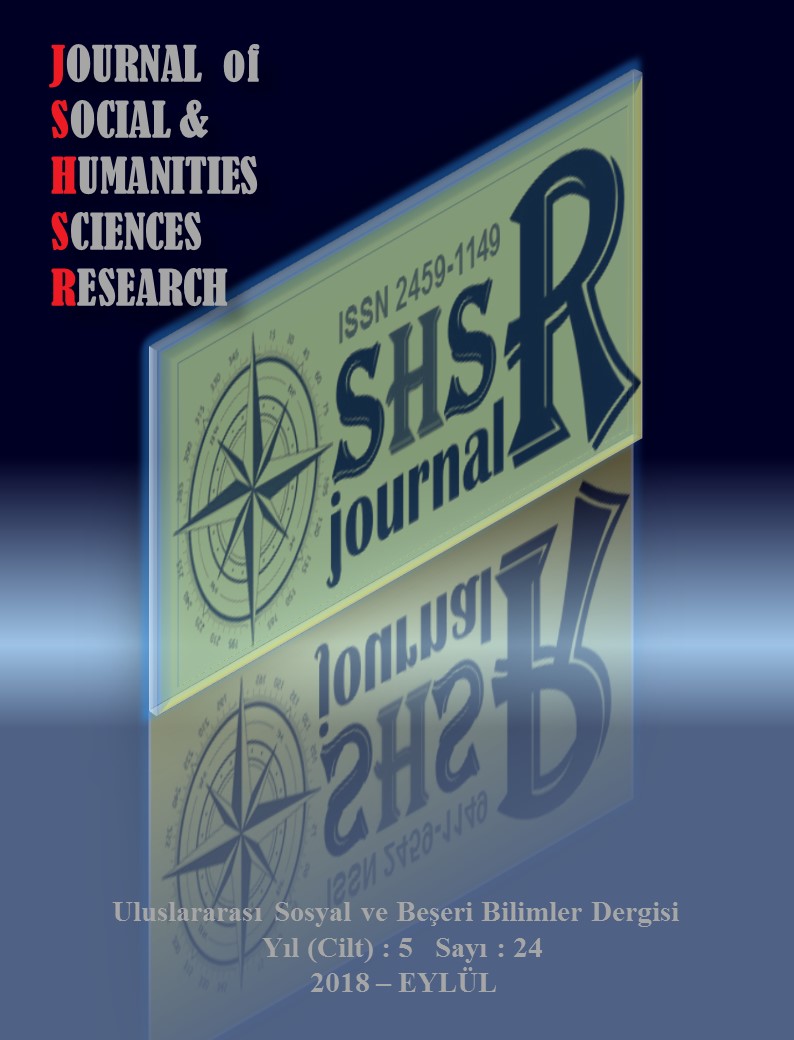EPIDEMIOLOGICAL AND PHENOMENOLOGICAL FEATURES OF OBSESSIVE COMPULSIVE DISORDER IN 9-15 YEARS OLD CHILDREN AND ADOLESCENTS IN BURSA SAMPLING
DOI:
https://doi.org/10.26450/jshsr.563Keywords:
Obsessive compulsive disorder, phenomenologyAbstract
Aim is to investigate incidence, sociodemographic characteristics and phenomenology of Obsessive Compulsive Disorder in children and adolescents in a sampling group from Bursa central districts. Participants included randomly selected 4-8th grade students and their parens attending elementary schools during 1997-1998. Survey covering OCD criteria was disseminated. 805 students, aged 11,99 ± 1,39 years, presenting at least one symptom, were interviewed. Incidence of OCD and subclinical OCD was 9.9% for each. Male / female ratio in OCD, is approximately equal. Forms of obsessions were; fear (50%), thoughts (28.9%) and suspicion (15%) and the most comon forms of compulsions were ritualistic behaviors (57.5%), controlling (43.8%) and repetition (36.3%) in the OCD group. Compared to literature, cleaning and hand washing compulsions were found to be less with a range of 21.3% . It was concluded that in social sampling groups of OCD, there may be culture specific sequencial changes in frequency of symptoms.
Downloads
Published
How to Cite
Issue
Section
License
Copyright (c) 2019 INTERNATIONAL JOURNAL OF SOCIAL HUMANITIES SCIENCES RESEARCH

This work is licensed under a Creative Commons Attribution 4.0 International License.


